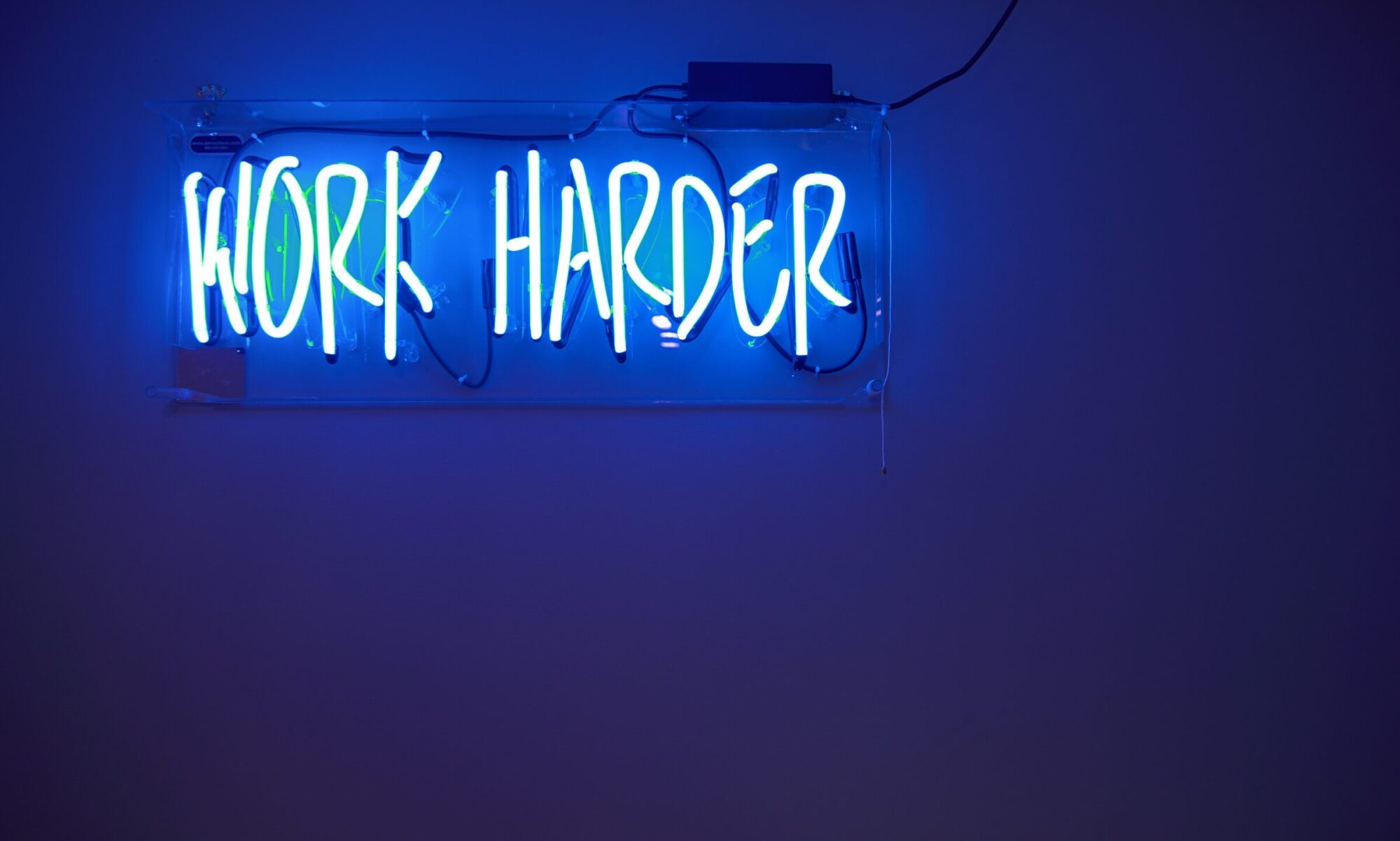It’s no secret that the digital industry is booming. From exciting startups to global brands, companies are reaching out to digital agencies, responding to the new possibilities available. However, the industry is fast becoming overcrowded, heaving with agencies offering similar services — on the surface, at least.
Producing creative, fresh projects is the key to standing out. Unique side projects are the best place to innovate, but balancing commercially and creatively lucrative work is tricky. So, this article looks at how to make side projects work and why they’re worthwhile, drawing on lessons learned from our development of the ux ompanion app.
People think focus means saying yes to the thing you’ve got to focus on. But that’s not what it means at all.
Producing creative, fresh projects is the key to standing out. Unique side projects are the best place to innovate, but balancing commercially and creatively lucrative work is tricky. So, this article looks at how to make side projects work and why they’re worthwhile, drawing on lessons learned from our development of the ux ompanion app.
Why Integrate Side Projects?
Being creative within the constraints of client briefs, budgets and timelines is the norm for most agencies. However, investing in research and development as a true, creative outlet is a powerful addition. In these side projects alone, your team members can pool their expertise to create and shape their own vision — a powerful way to develop motivation, interdisciplinary skills and close relationships.
Building into the identity and culture of an agency can also lead to new client work. These projects act as a road map, showing clients exciting new technologies and ideas that will differentiate you from competitors. One of our earliest projects turned our website into a brochure, optimized for the first iPad’s touch interactions. By demonstrating the final product, we went on to win a project to create a similar product for a new client.
A significant shift in mindset is required to support either type of side project — weighing the longer-term, incremental benefits against committing what would otherwise be immediately billable time. Many agencies do this with a time-bound model of 80% client time versus 20% time, inspired by Google’s successes with Gmail and Google Reader which they have since (tellingly) phased out. I’d instead recommend the following guidelines.

